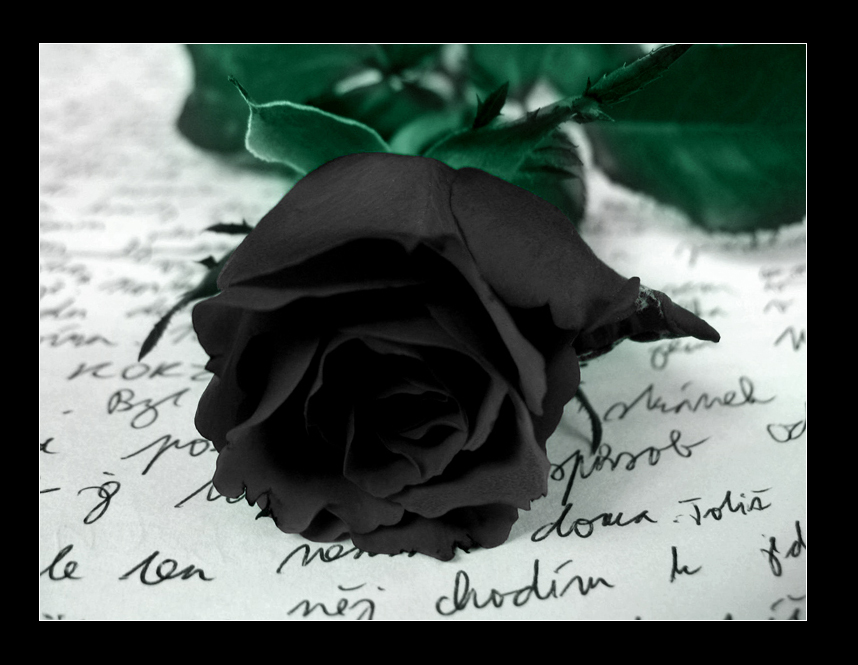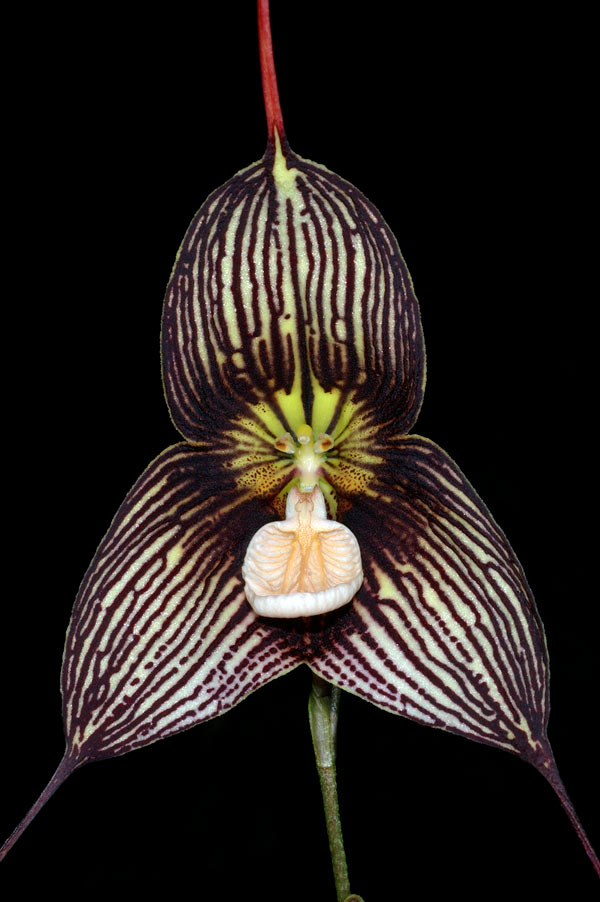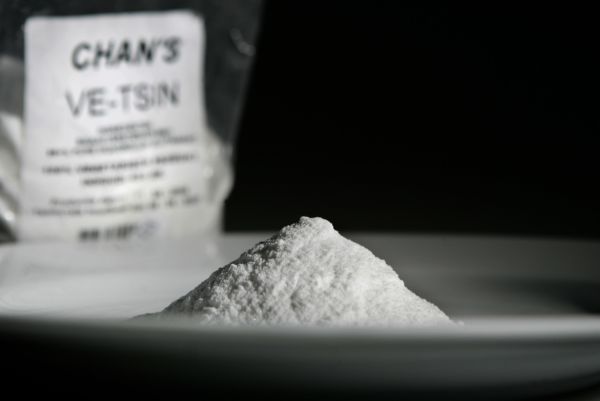Q.8
What colour is produced by the complete absorption of light rays?
...
...
A.8
Black
Great Job! This might have been an easy question this week but I won't be discussing colour wheels or even colour perception, nope, I'll be introducing you to some mysterious black flowers. This fascination of mine began with talk of a black rose, not a tinted rose, but a genuine black rose.
A black rose just has a certain je ne sais quoi about it that makes me dream. It may however just be a dream since that darkest variety known (or that I have managed to find a latin name to) is called the "Louis XIV" and it's more of a dark crimson red.
Oh don't get me wrong it's beautiful, but it's not really black. Which brings about the question, are there really black plants? Well, keep scrolling to find out.If you read my post about orchid's a while back (click here), you know now that orchids are the most diverse flowering plant family in the world, surely, if a black flower exists, it will be found within this group.
You be the judge.
I selected these two mainly for the awesomeness of their name. I just had to share.
Devil's Dracula Orchid Vampire's Dracula Orchid
Dracula diabola Dracula vampira
Right? Who says science is boring. Speaking of Vampires and scientific names, have I ever mentioned the amazing Vampire Squid from Hell - Vampyrotheutis? No? Well, let me digress and post a link.
Yep it's amazing! But since it's not black or a plant, I'll stop at that.
Out of the orchids now (although they do yield other dark flowers) but continuing with the vampire theme. I'd like to introduce the Bat Flower. I recently discovered it at the Botanical Gardens and fell in love.
Out of the orchids now (although they do yield other dark flowers) but continuing with the vampire theme. I'd like to introduce the Bat Flower. I recently discovered it at the Botanical Gardens and fell in love.
Bat Flower
Tacca chantieri
Aren't they cute? The seed pods in the picture to the right really look like little sleeping bats. It is also called Cat's Whiskers (for obvious reasons) and Devil's Flower and is originally from South Est Asia.
The next flower is particularly dark and is one of the closest I have found to a true black (it does however vary from flower to flower even within the same plant.
Black Hollyhock
Alcea Rosea 'Nigra'
And then there is the last one, so cute and so dark I kept it for last.
Do you have dark or even black flowers in you backyard?
Have you ever received a Black Rose or any other Black flower as a gift?
I'd love to know for what occasion.
Have a great week!
Take care!




















